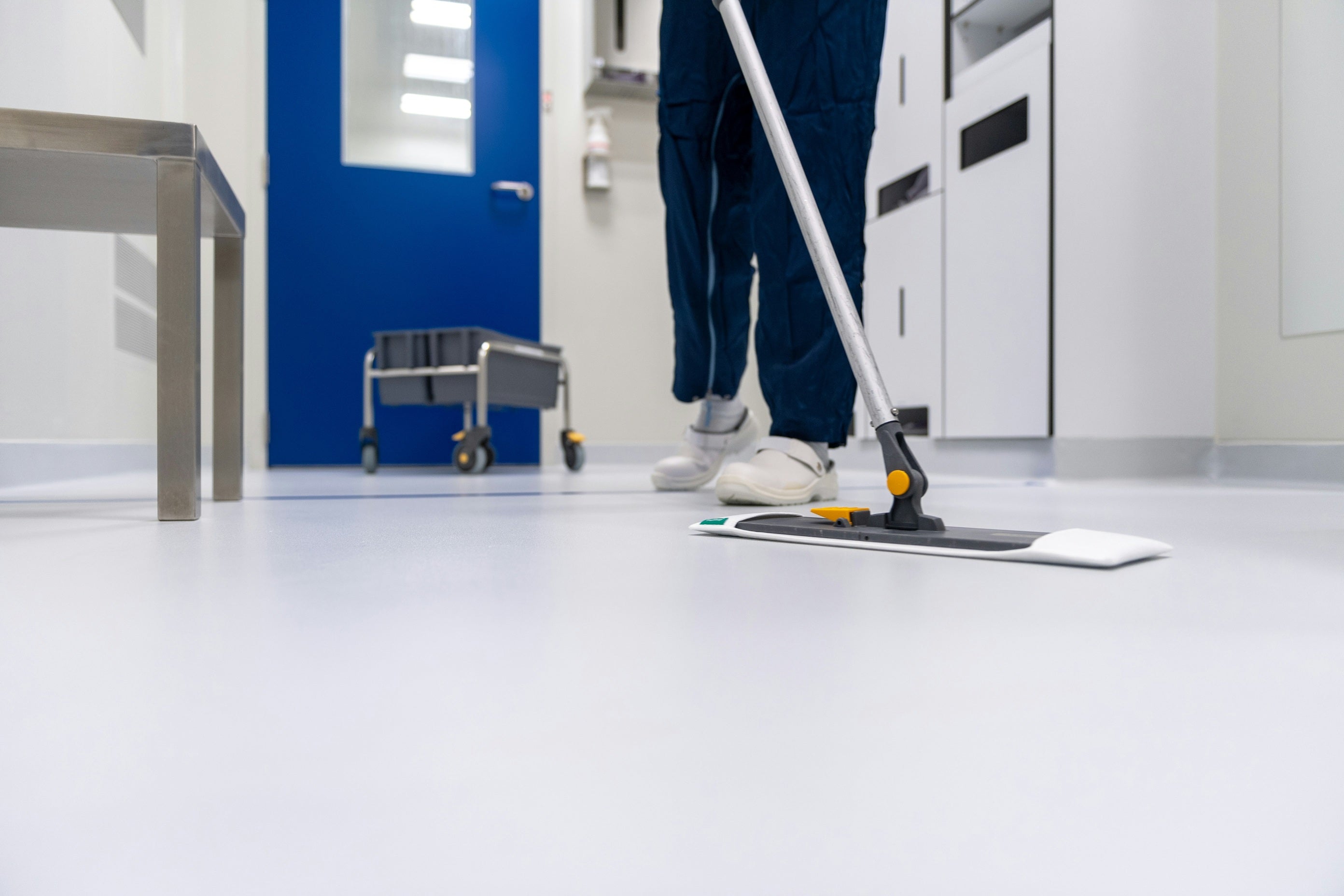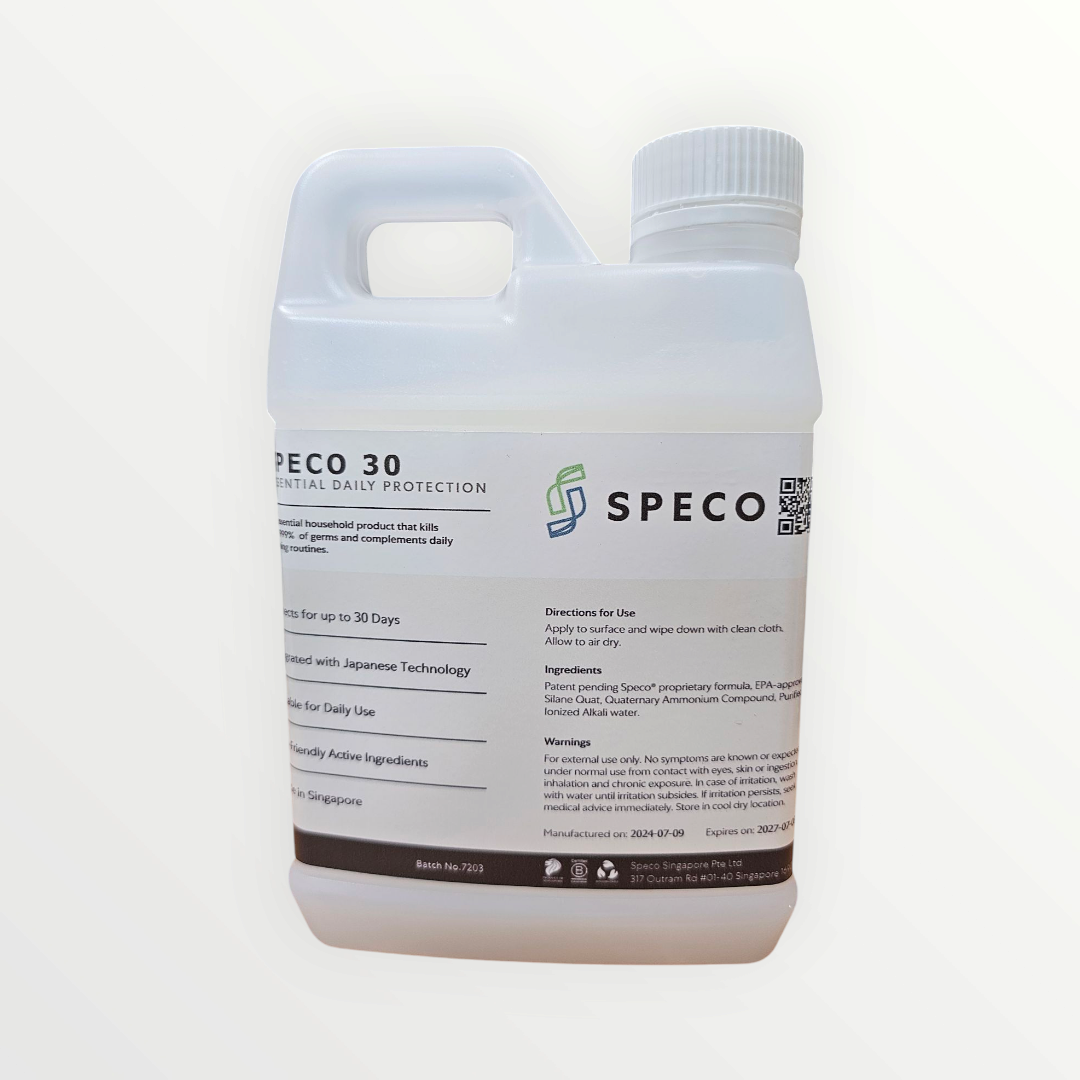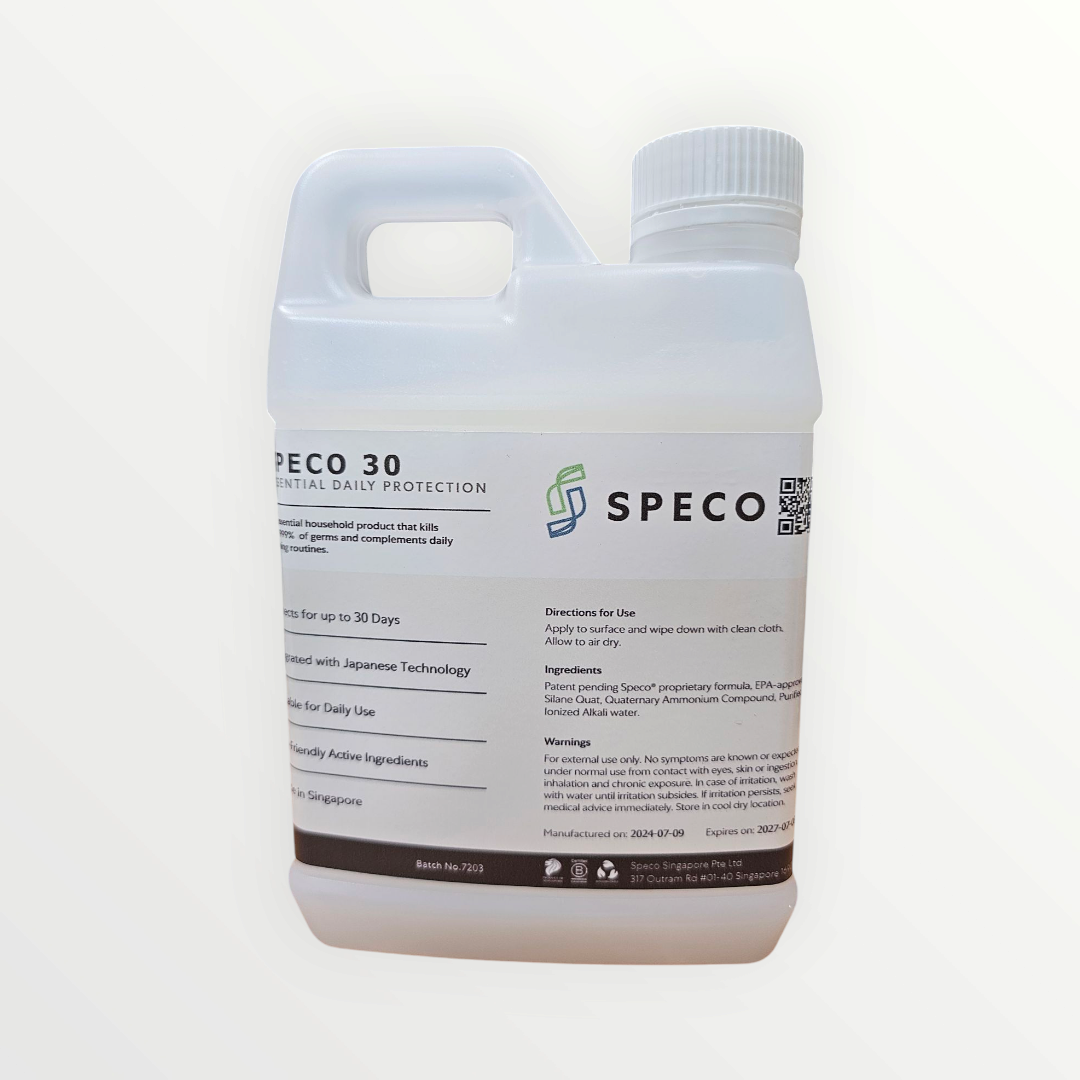Speco Cleanroom Antimicrobial Solutions
Case Study: Implementation of a Validated Antimicrobial Coating in a GMP-Certified Cleanroom

Overview
This case study outlines the implementation of a validated antimicrobial coating within a GMP-certified cleanroom environment, targeting a Sterility Assurance Level (SAL) of 10⁻⁶. The objective was to reduce bioburden on high-touch surfaces and reinforce microbial control measures between standard disinfection cycles in sterile manufacturing operations.
Initial validation and environmental monitoring confirmed effective biocidal performance, achieving a 6-log reduction in microbial load on treated surfaces.
Background
The facility manufactures sterile pharmaceutical products and adheres to stringent GMP protocols. Cleanroom classifications ranged from Grade B to Grade C, in alignment with EU GMP Annex 1 standards.
Despite routine disinfection, HEPA-filtered air handling, and continuous environmental monitoring, residual contamination risks persisted—particularly on hard-to-reach surfaces and during campaign-based production.
To supplement existing protocols, the facility explored a long-lasting, passive antimicrobial surface treatment that could maintain microbial control without interfering with existing cleanroom operations.
Key Challenges Identified
1. Persistent microbial presence on non-critical but frequently touched areas (e.g., walls, pass-through chambers, control panels).
2. Inconsistency in disinfection efficacy across changeover cycles.
3. Need for a validated solution to extend microbial protection between disinfection intervals.
4. Requirement to meet SAL 10⁻⁶ in aseptic zones without increasing chemical exposure or manual cleaning burden.
The Solution: GMP-Compatible Antimicrobial Coating
A cleanroom-compatible antimicrobial coating was selected based on the following performance parameters:
- Validated log⁶ microbial reduction (tested against Staphylococcus aureus, E. coli, Pseudomonas aeruginosa).
- Low-VOC and non-reactive formulation suitable for cleanroom substrates (compliant with ISO 14644 and EU GMP).
- Residual activity up to 90 days, reducing need for frequent manual intervention.
- Surface compatibility: safe for stainless steel, epoxy-coated panels, PVC, and cleanroom-grade plastics.
- High efficacy: ≥99.9999% kill rate (≥6-log reduction) of bacteria, fungi, and spores upon contact.
Application Protocol
Following standard disinfection, the antimicrobial solution was applied using an electrostatic sprayer to:
- Equipment exteriors
- Vertical and horizontal wall surfaces
- Gowning area benches
- Doors, handles, and pass-through units
Application was carefully monitored to ensure:
- No residues remained on product-contact surfaces
- No disruption to airflow or HEPA system performance
- Compliance with material compatibility standards
Conclusion
The implementation of the antimicrobial coating enabled the facility to:
- Achieve consistent SAL 10⁻⁶ compliance on high-touch surfaces
- Extend protection between routine disinfection cycles
- Enhance microbial control without increasing labor or chemical usage
This case study reinforces the role of targeted surface-level interventions in optimizing microbial integrity in sterile manufacturing environments, supporting both regulatory compliance and operational efficiency.
Antimicrobial Solutions
Speco Antimicrobial 30 Days Daily Protection (Concentrated 9x)
Share

